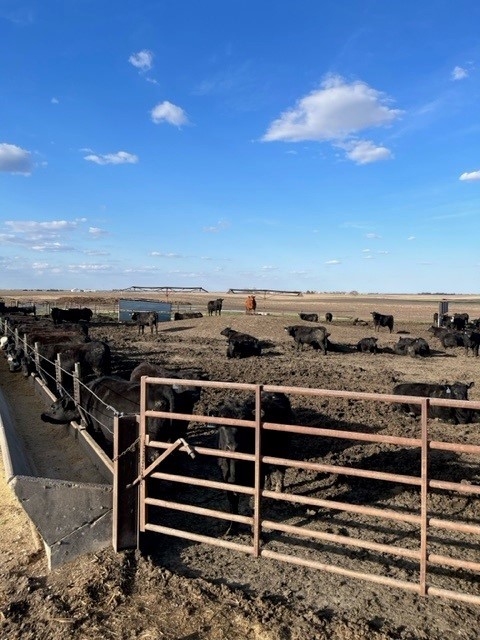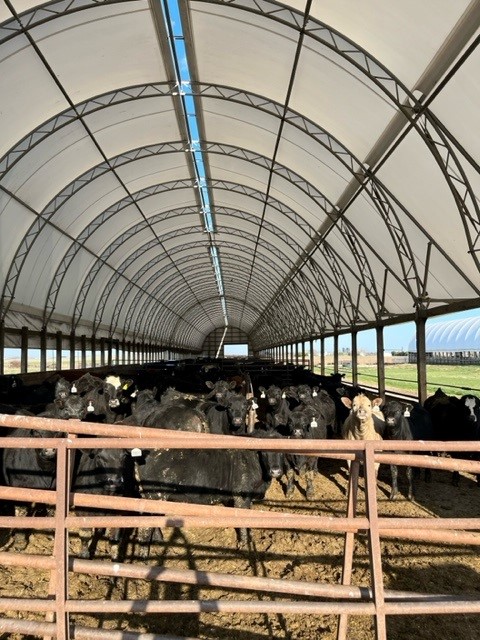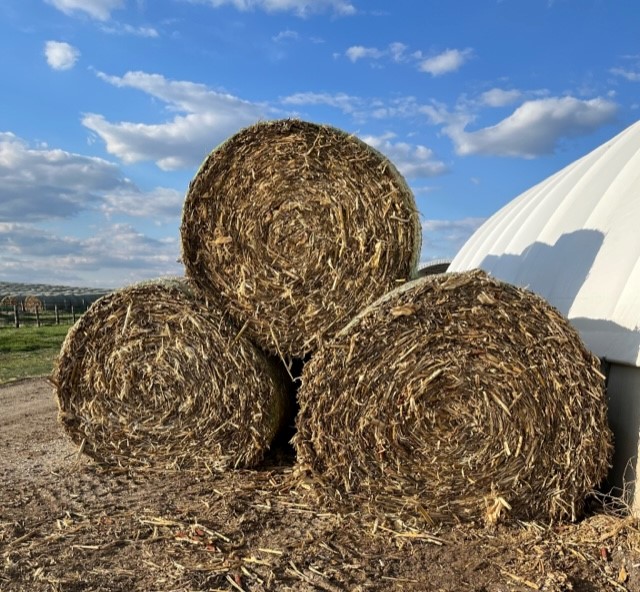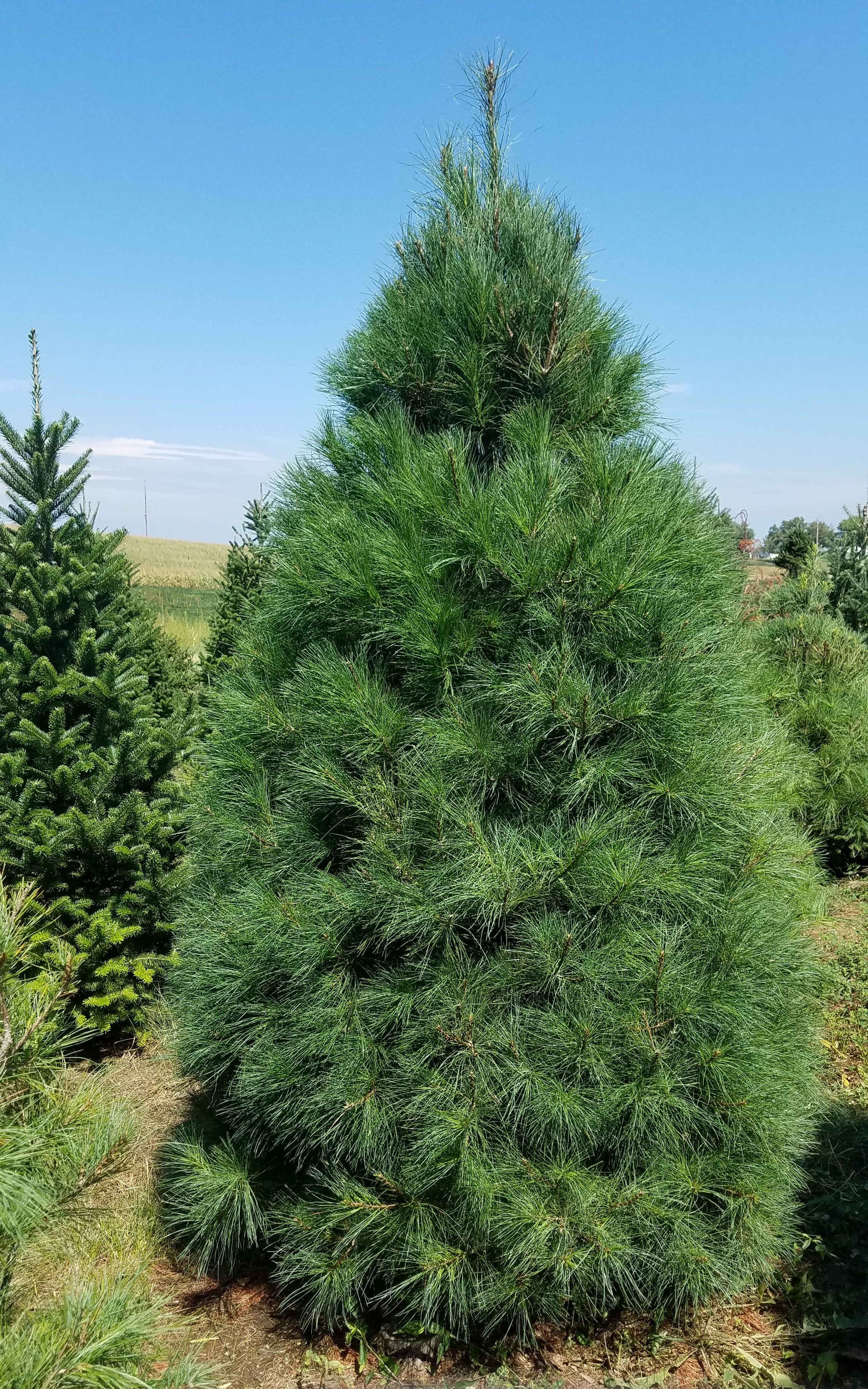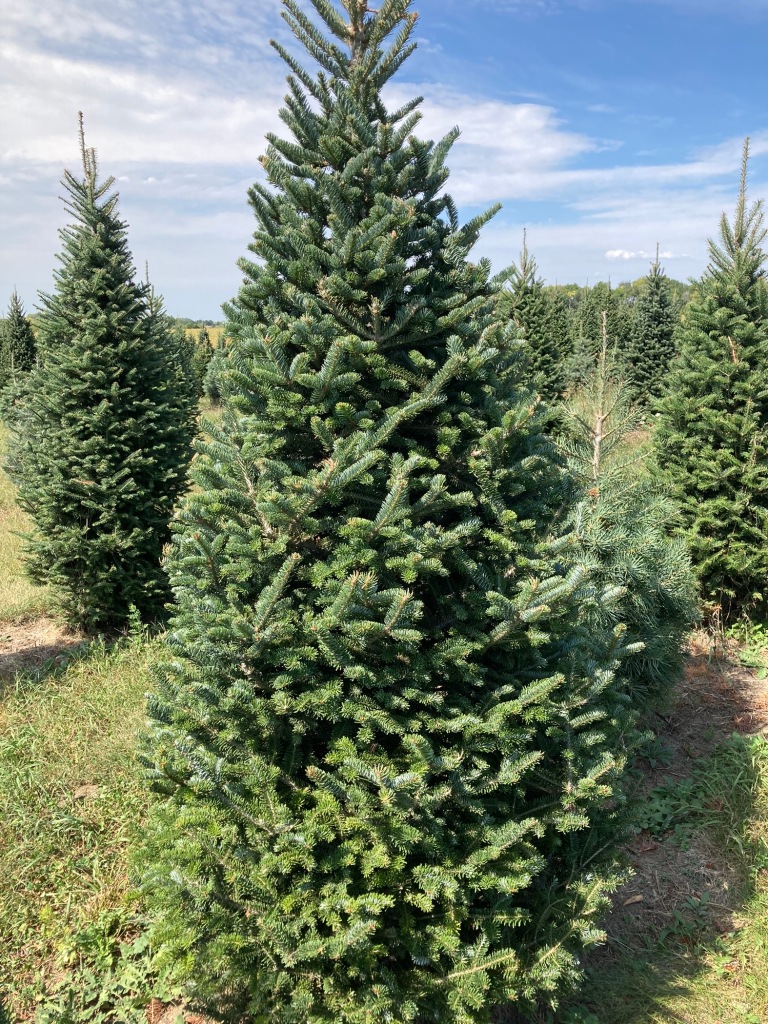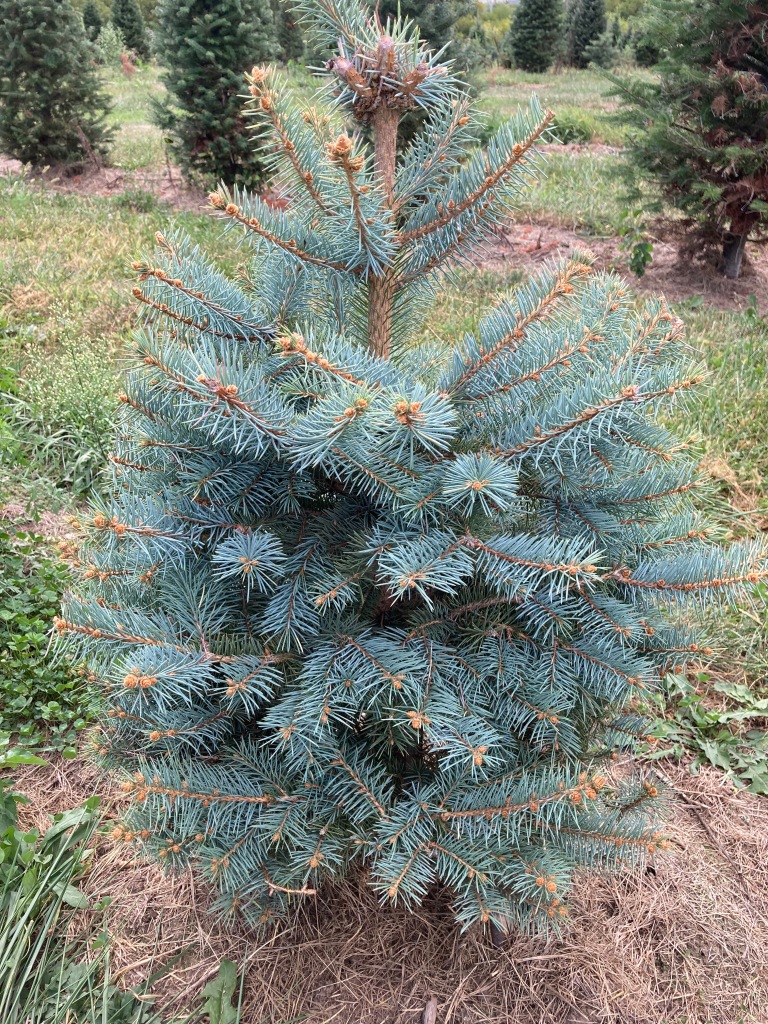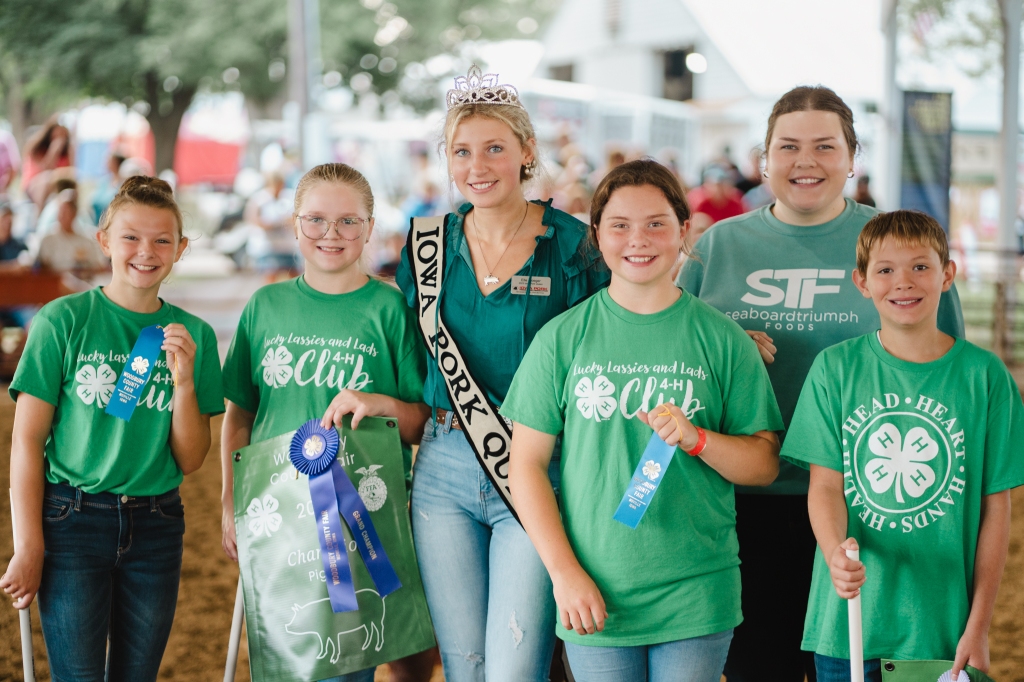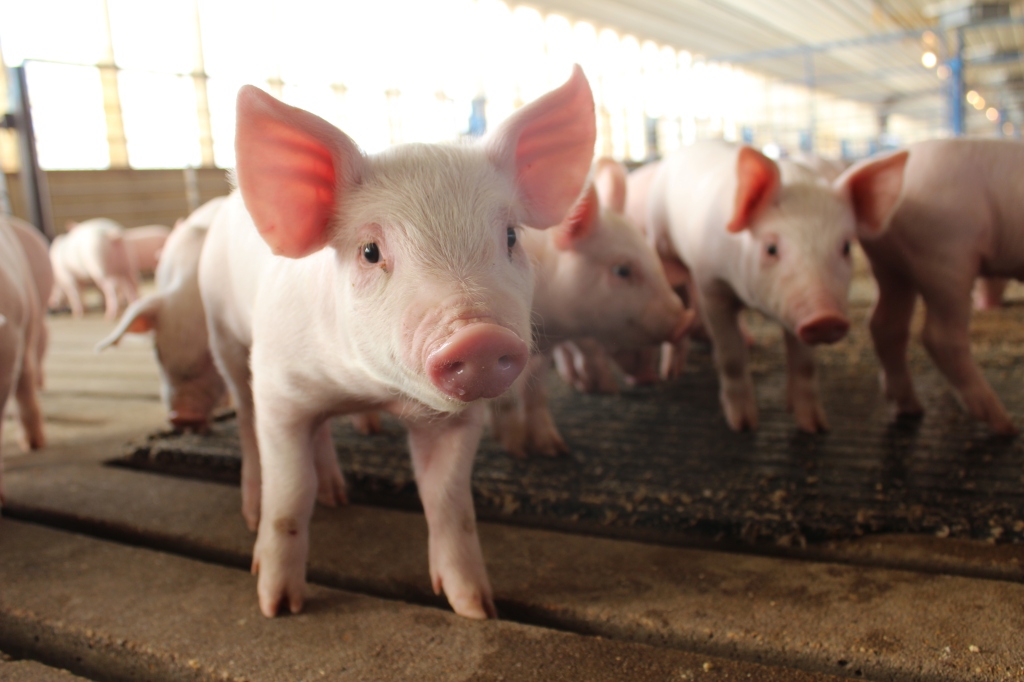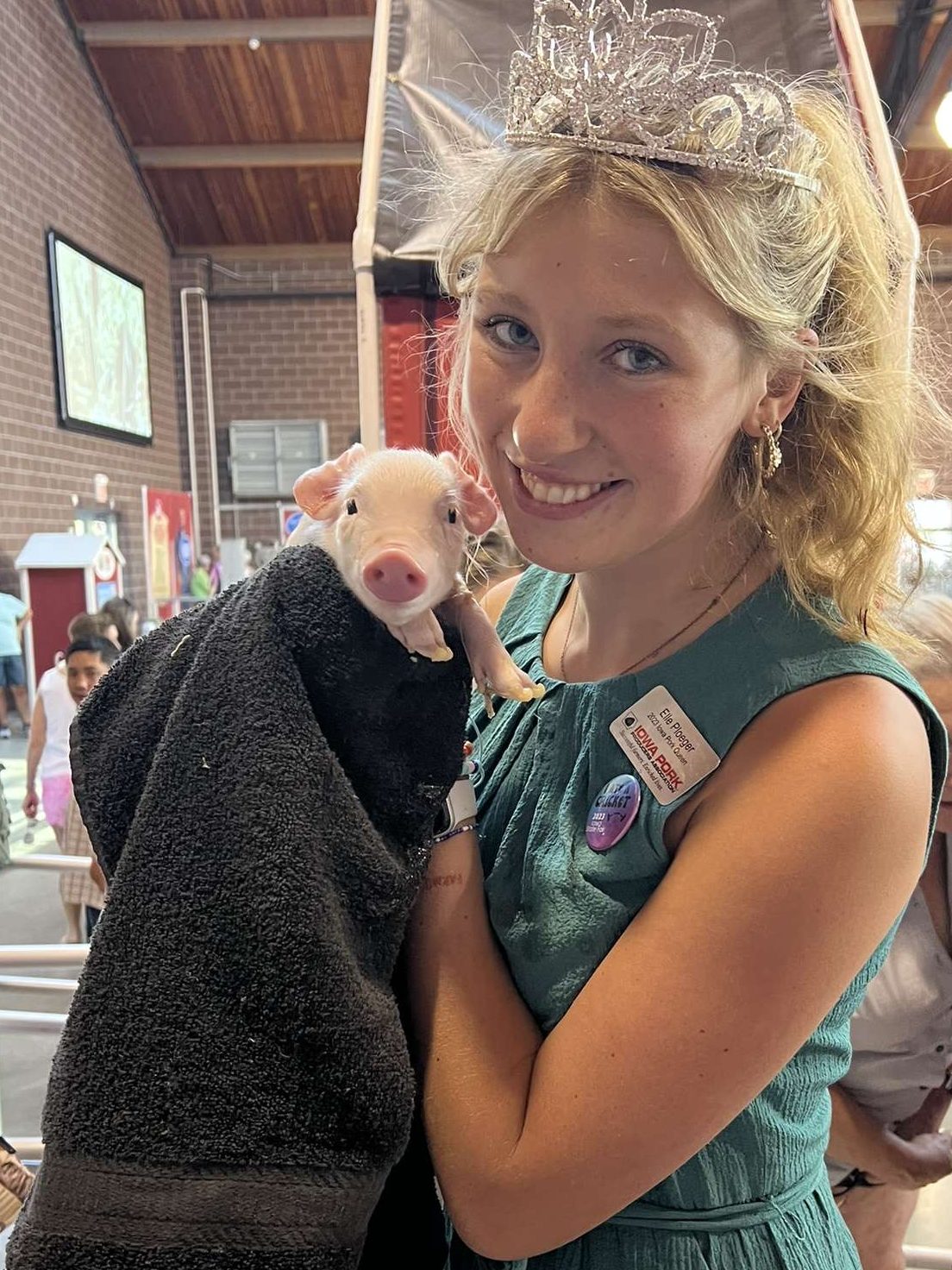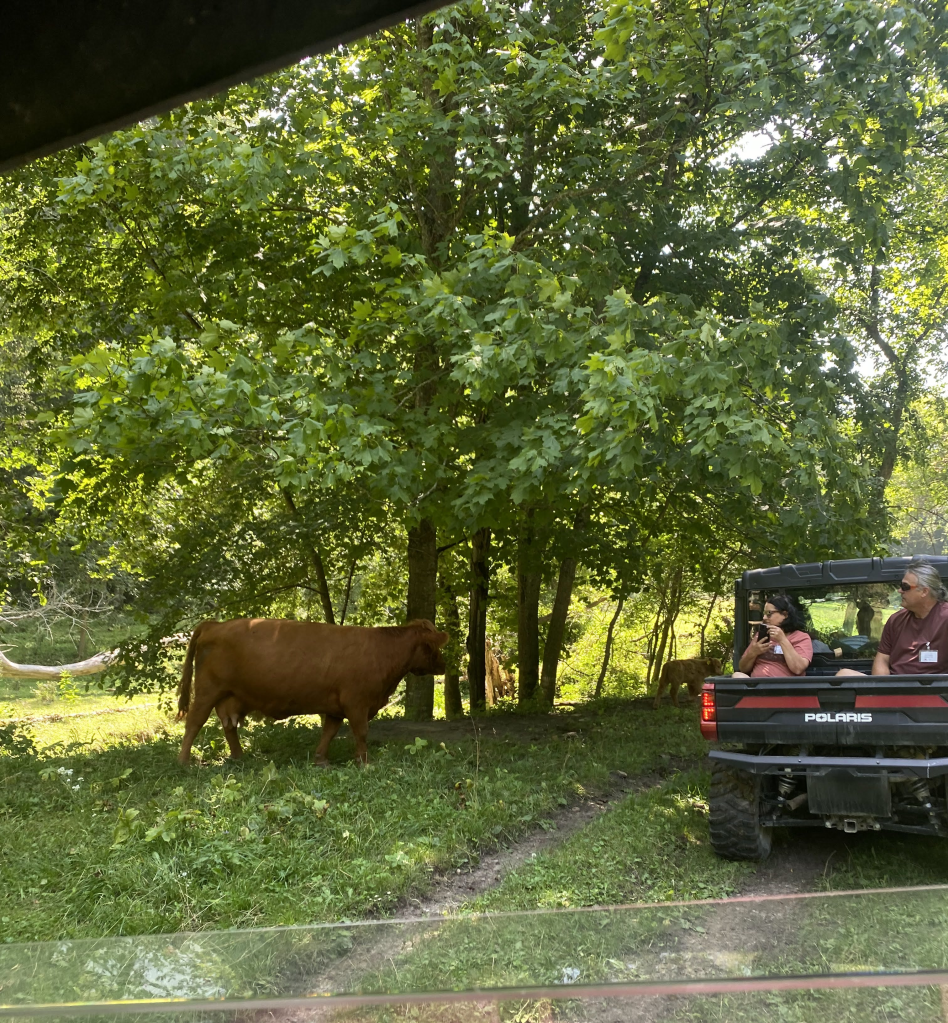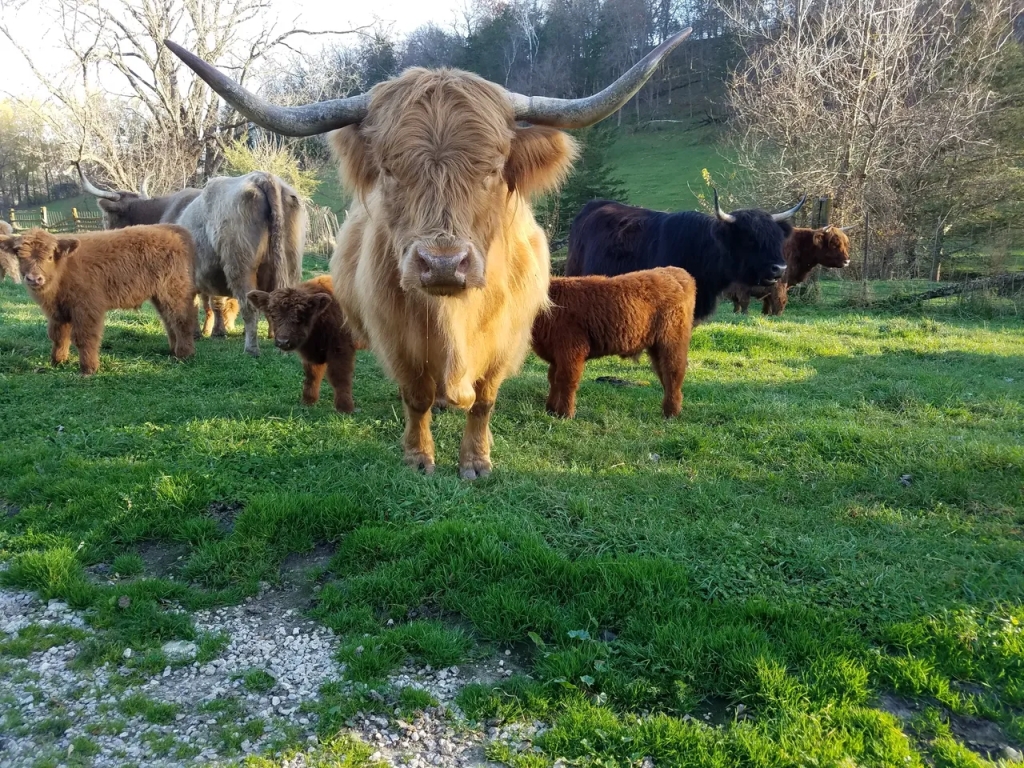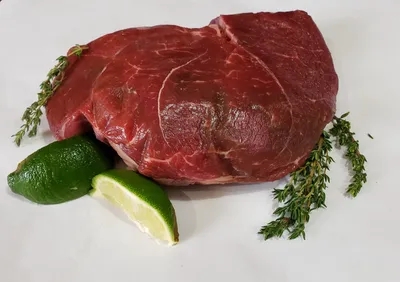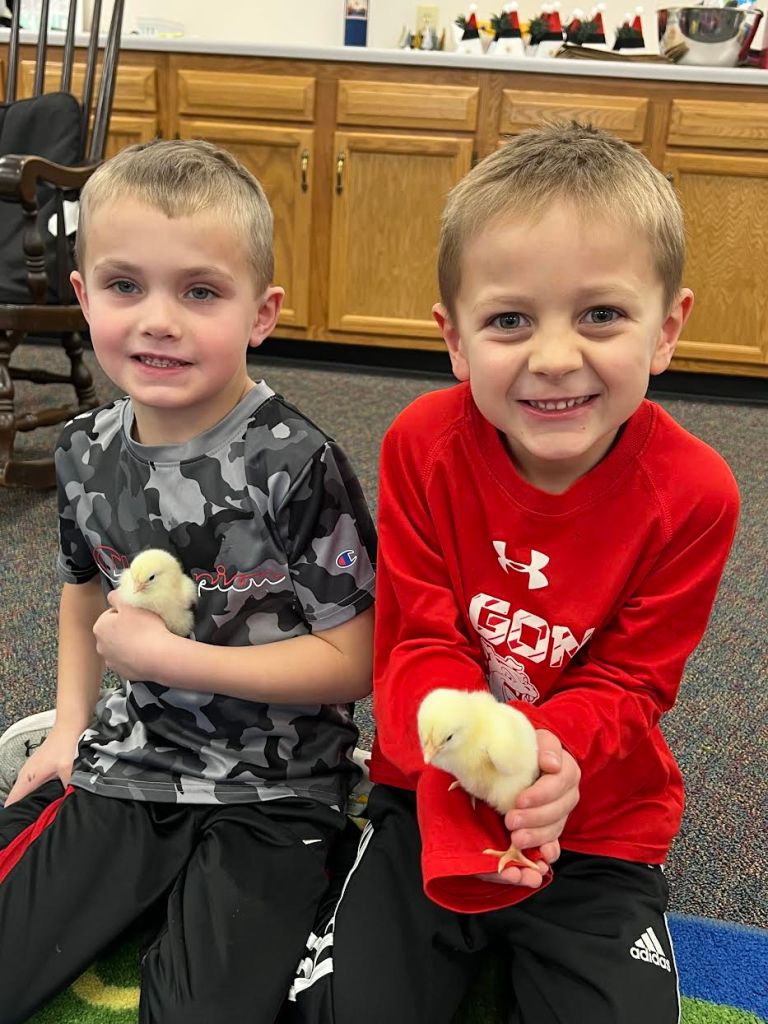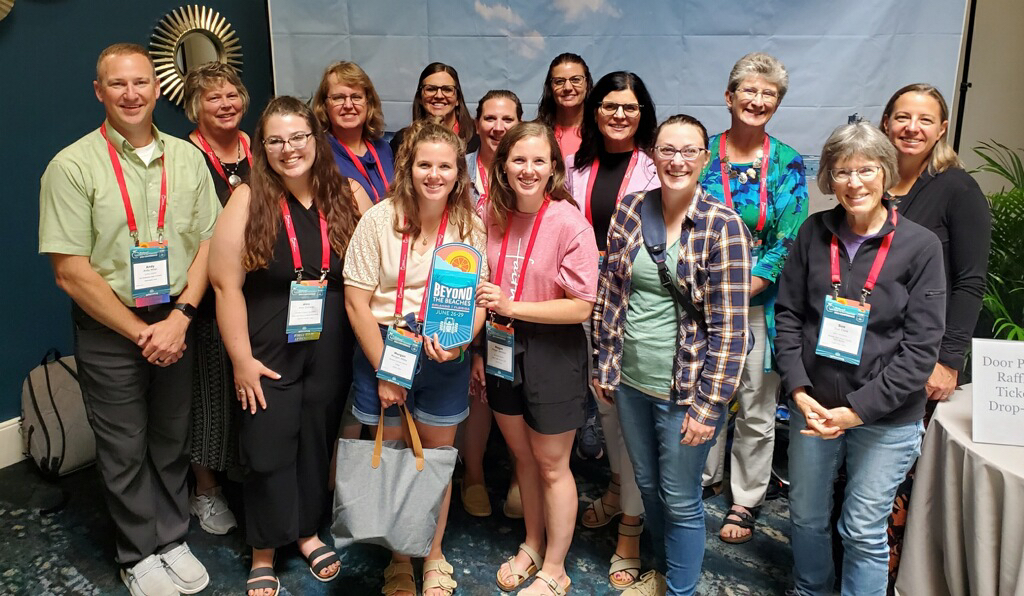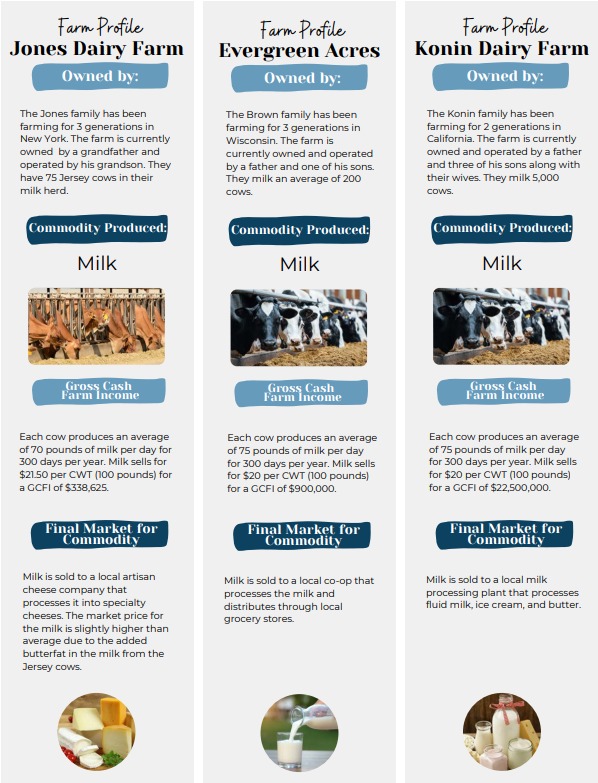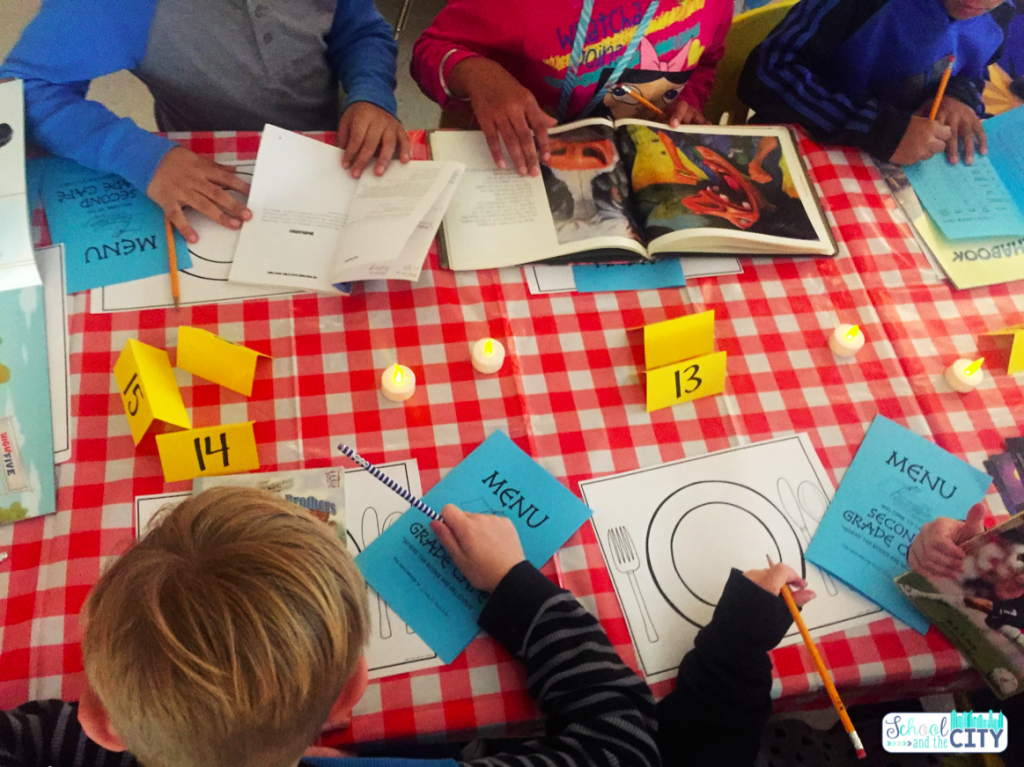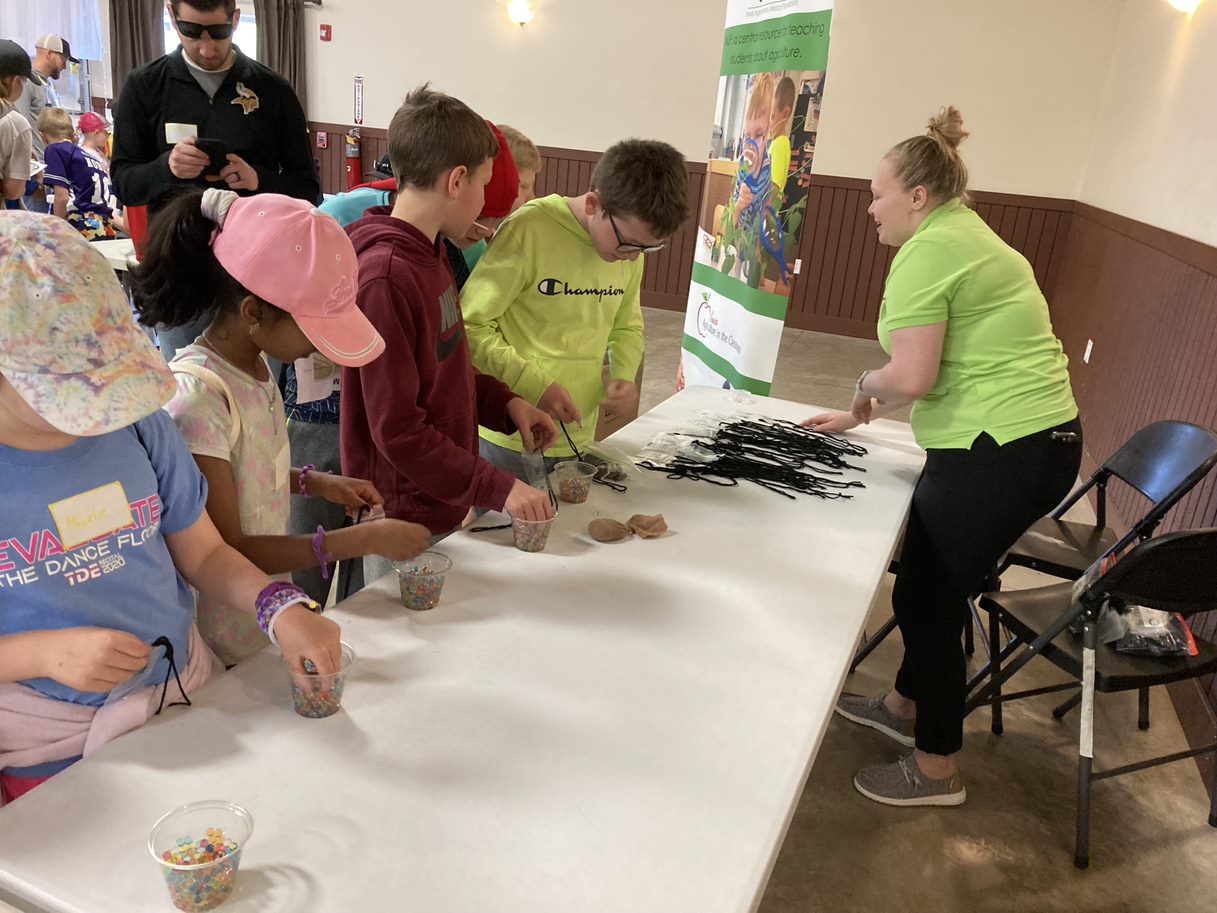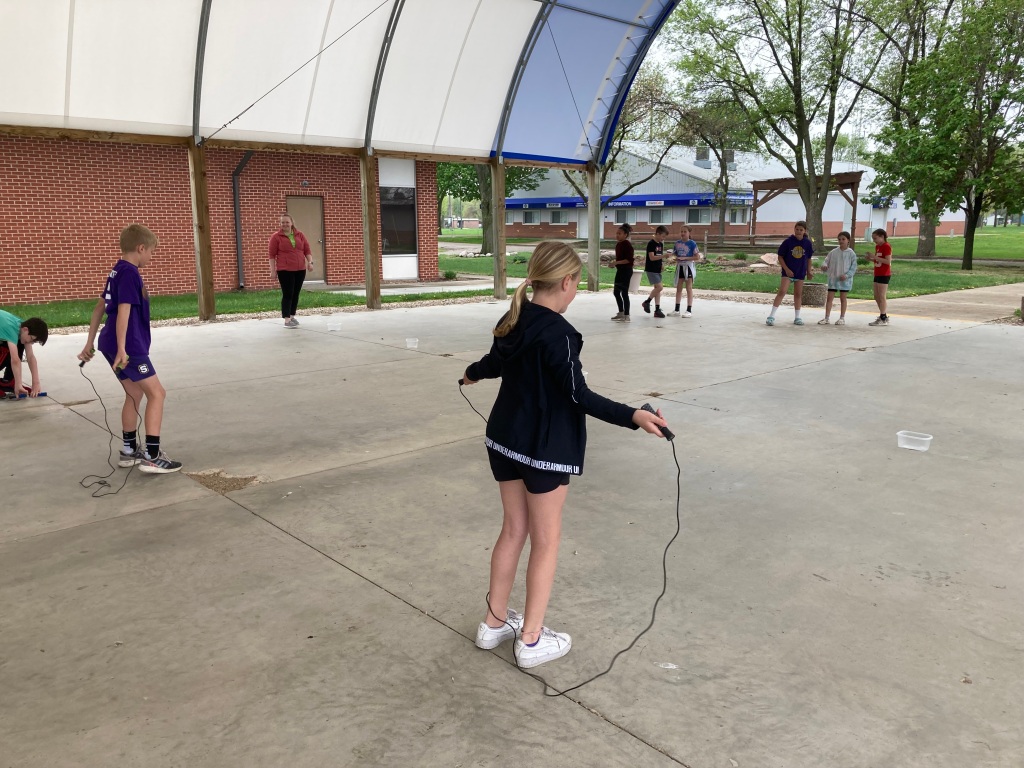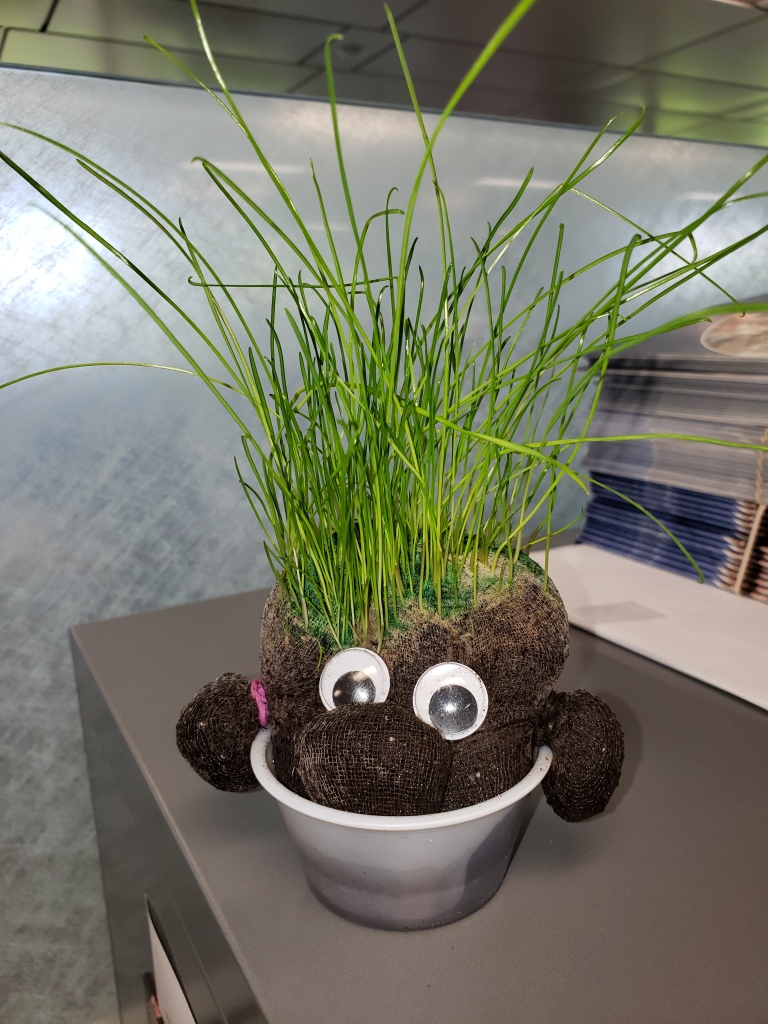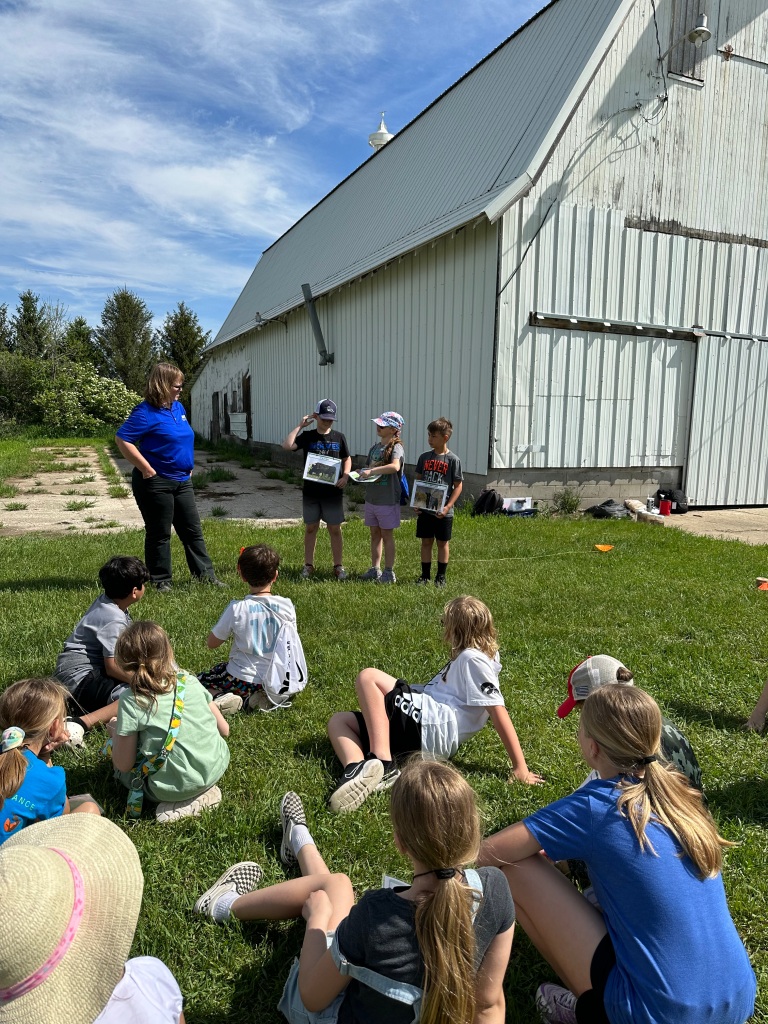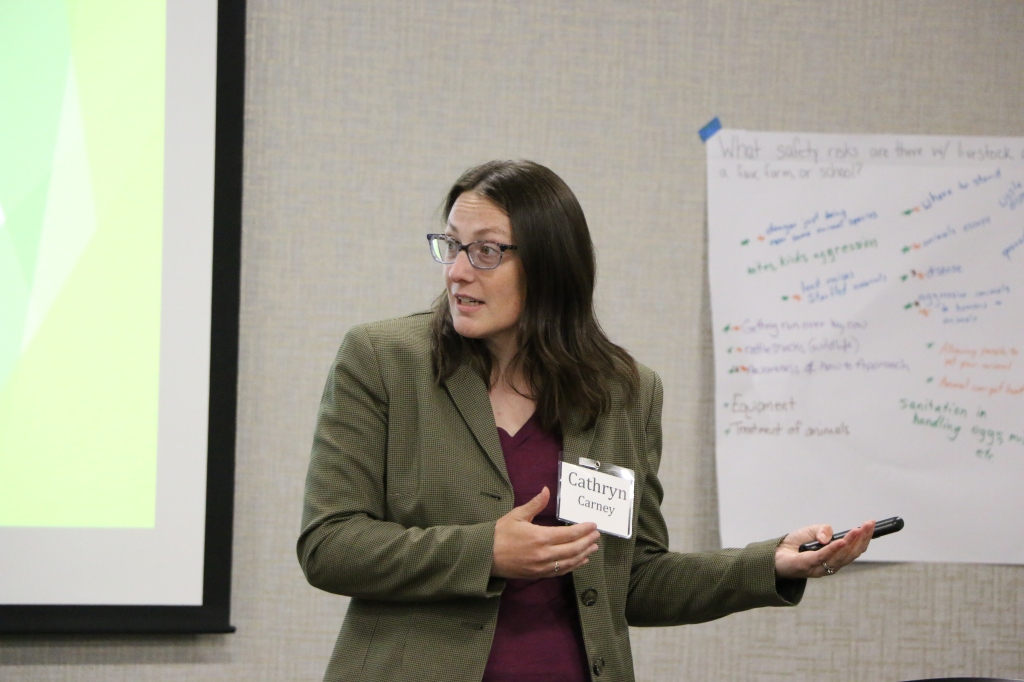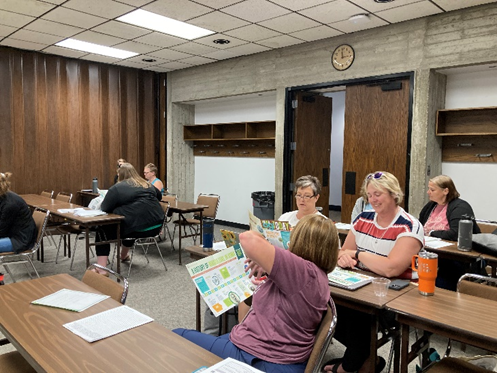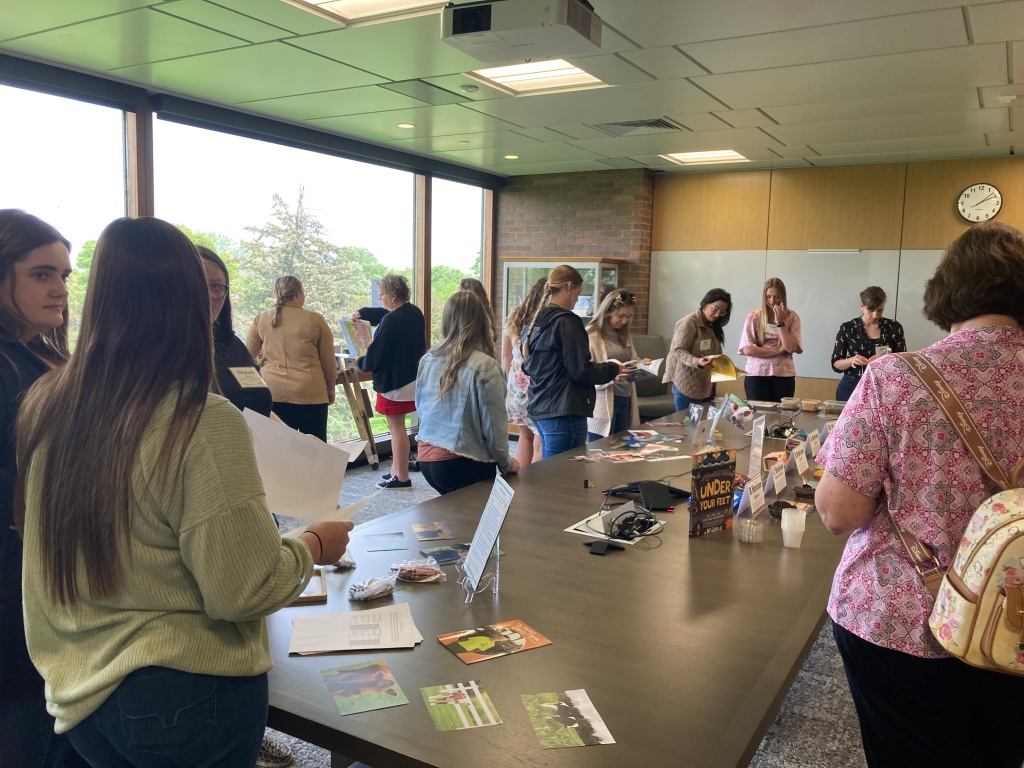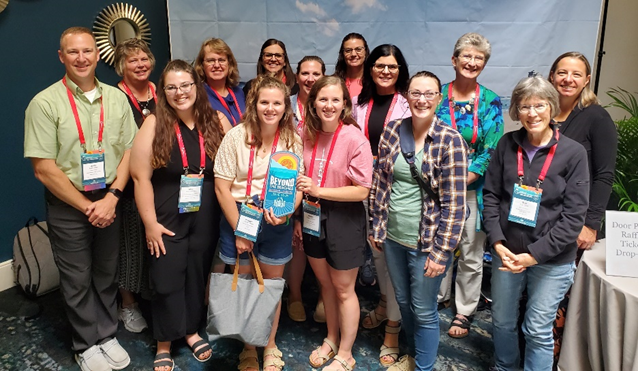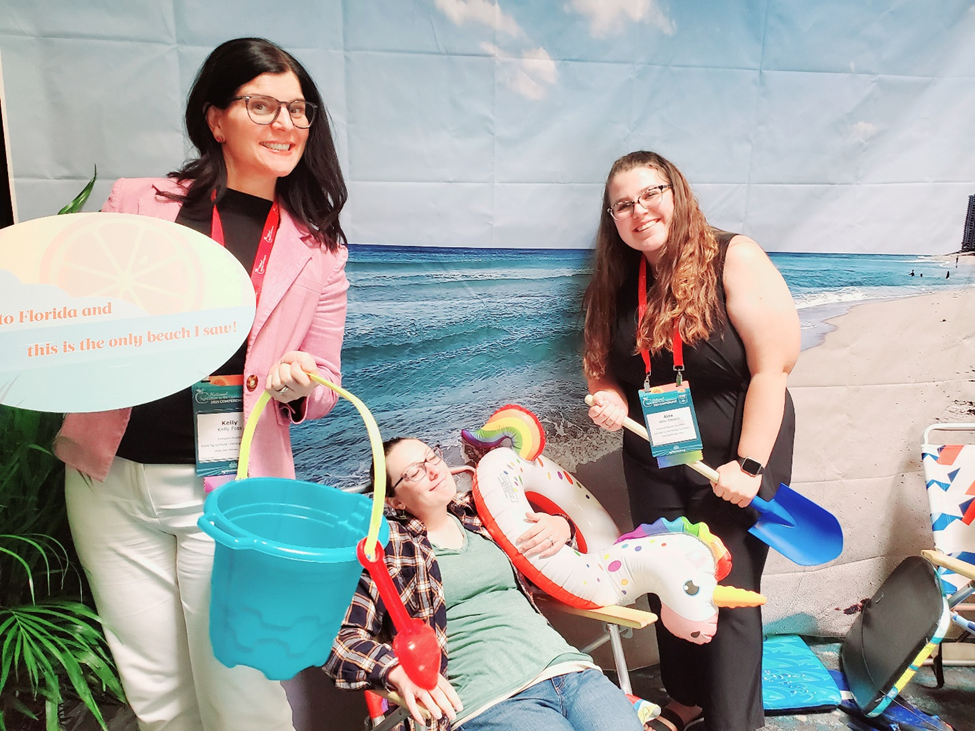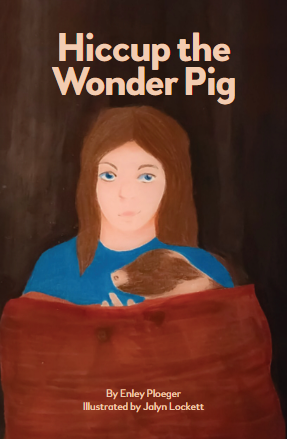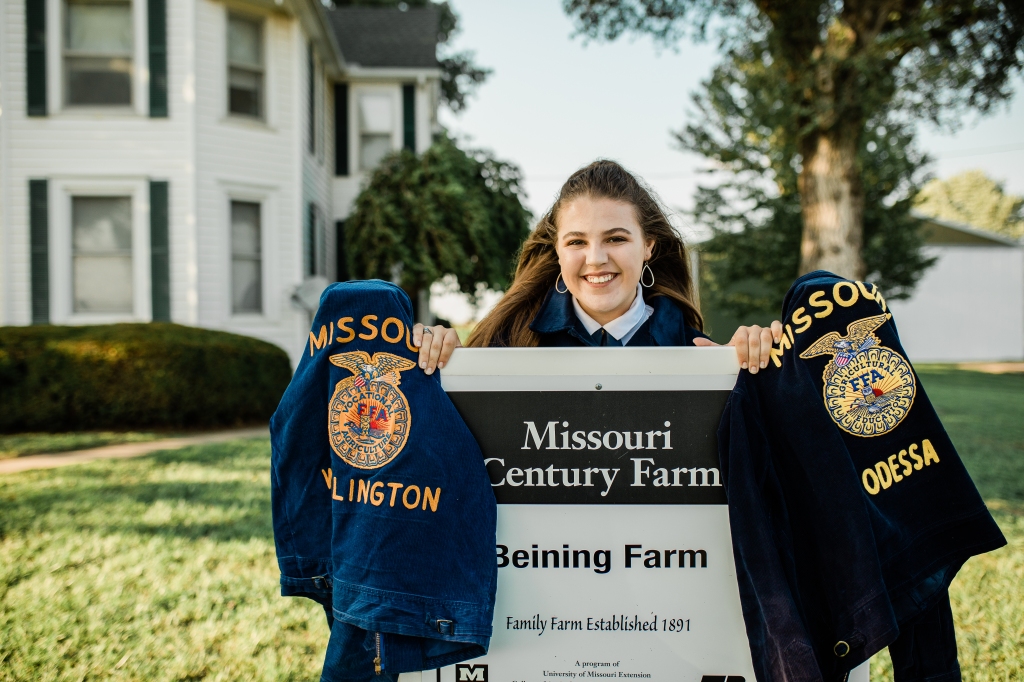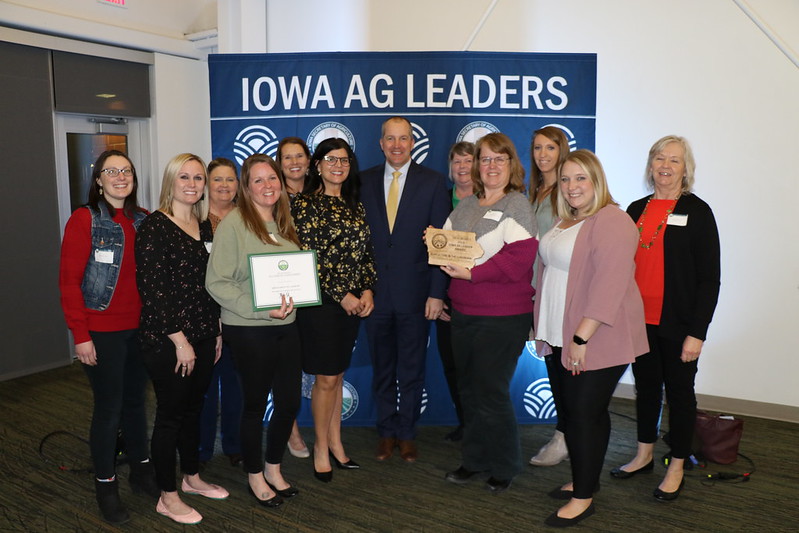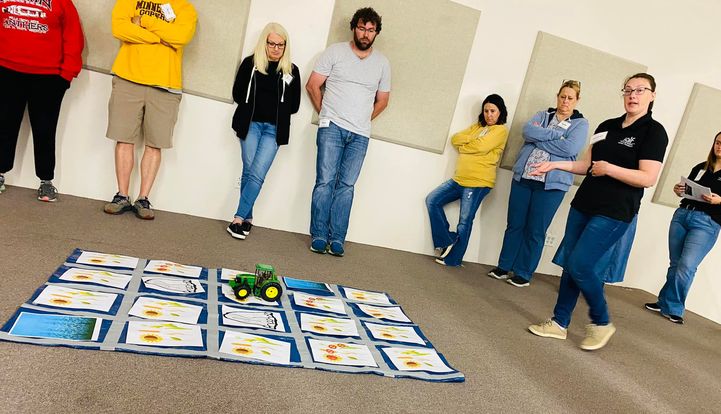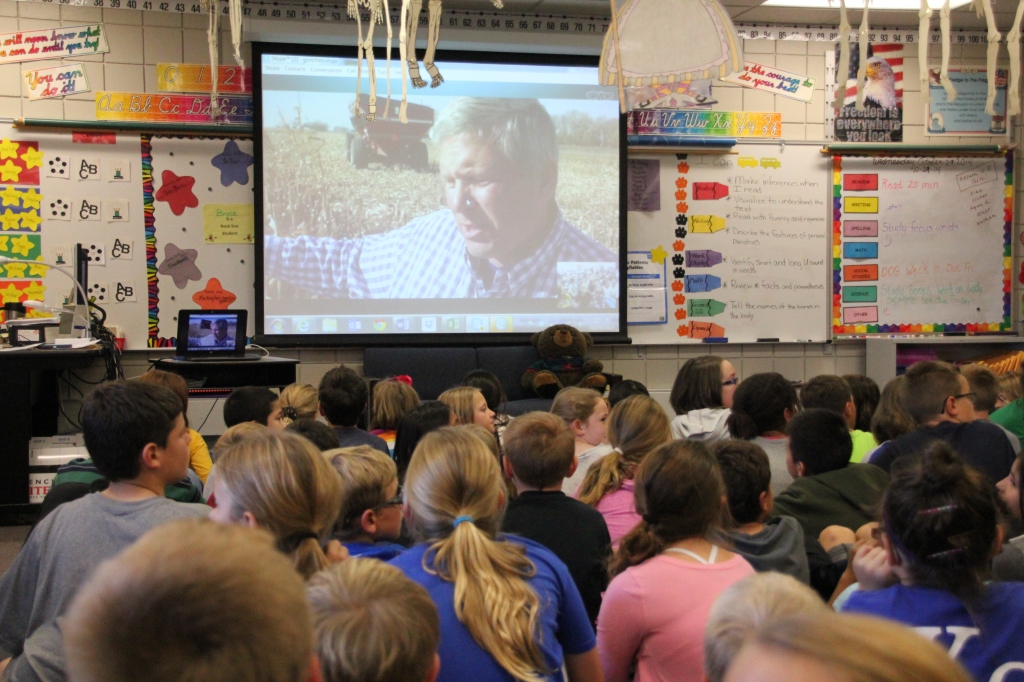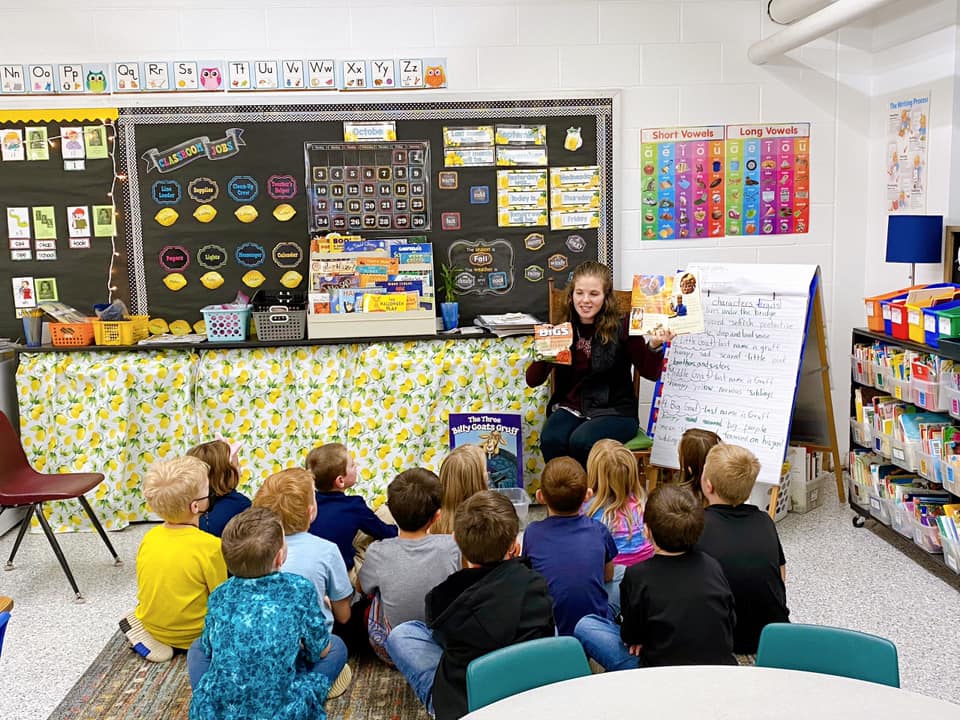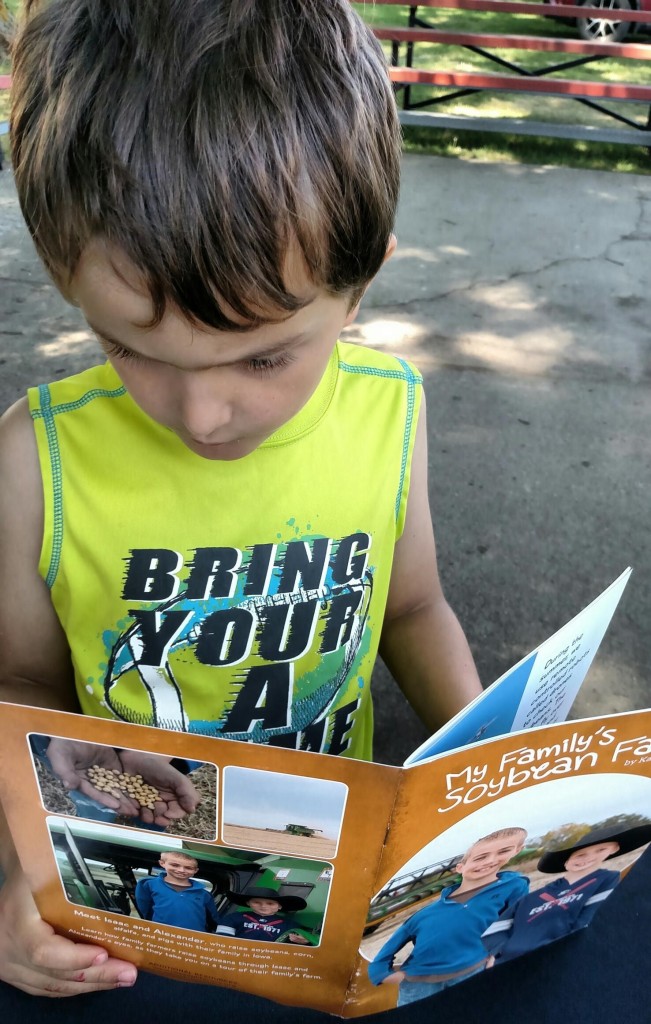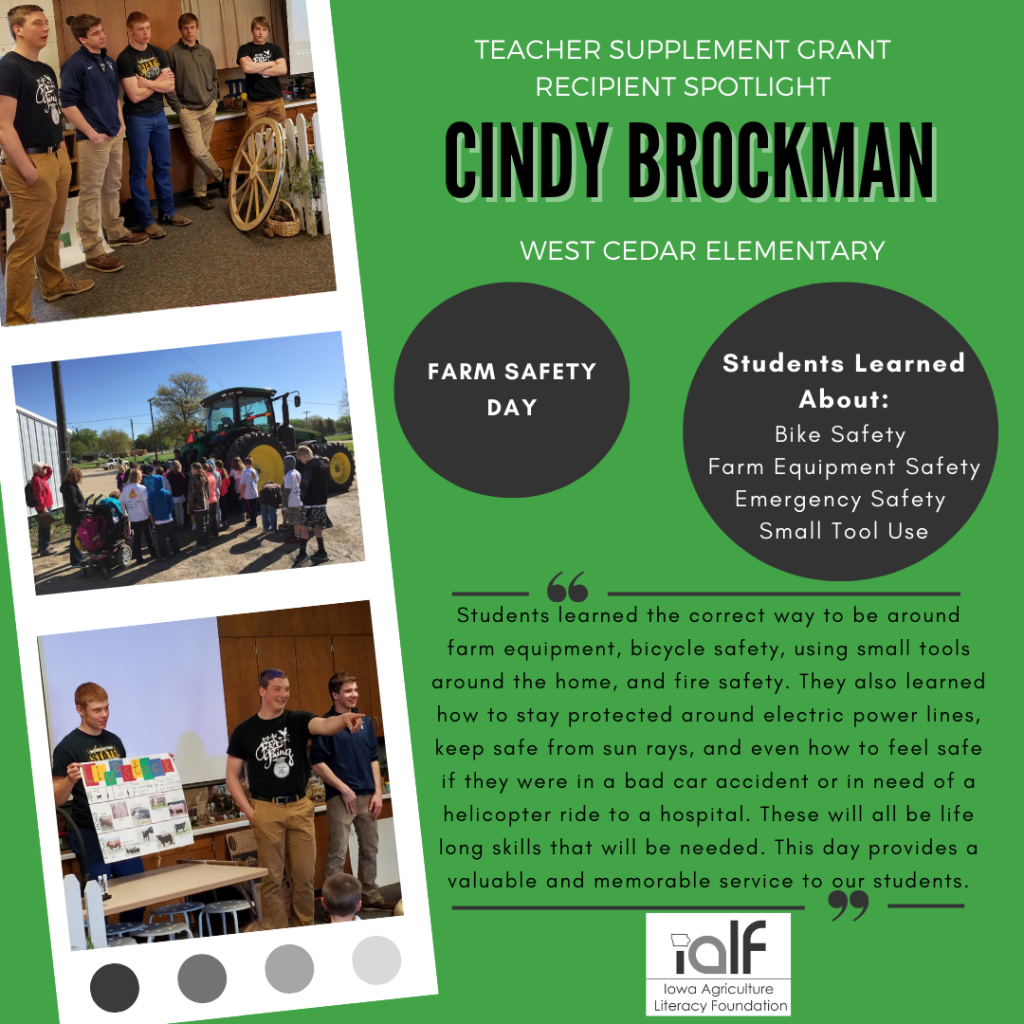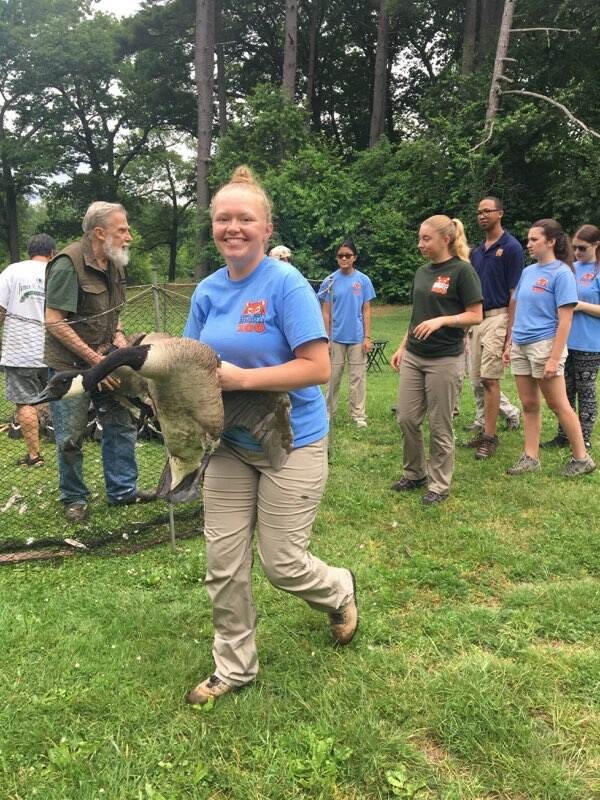Spring is in the air, and you might be thinking it’s time to start your spring cleaning. Getting ready for the summer without all the clutter inside and outside. But have you ever thought about what a beef producer does for their spring cleaning? Perhaps someone washing tractors, working cattle, or updating records and paperwork comes to mind.
Though a beef producer does each of those tasks in the spring, they are also done regularly to keep the beef operation organized. One cleaning task that people overlook is the cleaning of feedlot pens.
When driving your car and you catch the smell of “money” as you drive by cattle that look to be fenced in with a dirt floor, you may wonder, “does it smell like this all the time?” No, not always. Just when the wind blows. 😊
These are feedlots. A feedlot is a one type of livestock housing where cattle are fed for meat production. Cattle start at a feedlot when they are 300-400 pounds. They will be fed in the feedlot until they are around 1,300 pounds, then taken to a harvesting plant. After the cattle are harvested, the product (meat or hide) is sent out to consumers.
Outdoor Lot Cleaning
Yes, beef producers clean the cattle pens twice a week but after some time the dirt gets old at the bottom, and the pens need to be deep cleaned and reformed.
In the outdoor lots the cattle have a small hill they can lay on for a sunny warm nap, use as a windbreak, or a dry spot to lay down and relax as the pen can get muddy from the rain and snow. This hill works for the cattle to stand or lay on, as a dry spot. Over time these hills become smaller because of erosion. Wind, rain and snow all contribute to the hill getting smaller. These lots will need to be built up again for the start of spring and going into summer, fall, and winter. In order for the farmer to do this they need to move all the cattle out of the pen and start cleaning.
Most farmers use a tractor, skid steer, or payloader with a bucket attachment on the front to scoop up all the manure. This manure is either put into a manure spreader to be spread on corn and soybean fields or put into manure storages to be spread later in the year. Farmers spread manure on their fields to recycle. Just like how we recycle cans and paper at home. The manure is used to replenish nutrients in the soil for the crop planted for that year.
The farmer will clean the pen when it’s dry so that he doesn’t get stuck. Once all the manure is removed, the farmer will buy loads of dirt and limestone to rebuild the pen’s base and build up the hill for the cattle to lay on. Limestone (lime) is used in pens as a base for the dirt, just like concrete is used as the foundation of the house. The limestone used in the feedlot has a fine and sandy texture, used to provide a softer ground for the cattle.
Farmers use dirt and lime because it is more comfortable for the cattle to stand and lay down on. Cement is hard on the cattle’s hooves and can cause injury. Dump trucks transport the dirt and lime to the feedlot and the farmer will spread, using a tractor with a bucket attachment, as needed in each lot.
Once the pen is clean with a hill to lay on, the farmer will bring the cattle back to the lot and move on to the next pen.
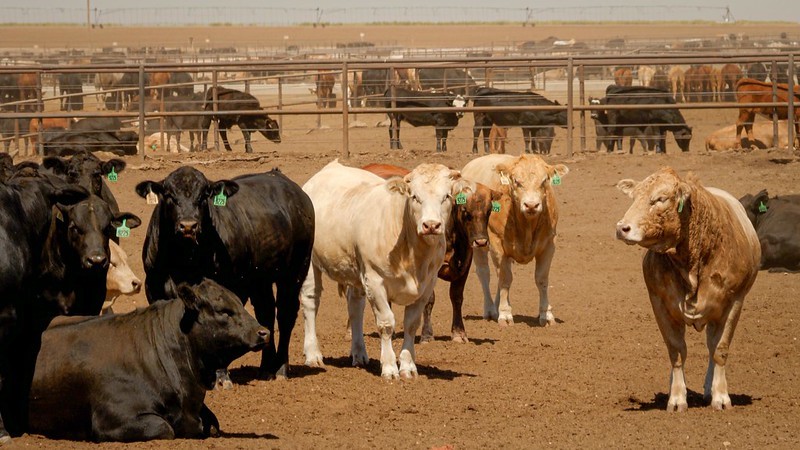
Hoop Barn Cleaning
In the hoop barns there are normally four pens in one barn with fencing down the middle. The barns have metal hoops with a tarp on top to keep the rain and snow off the cattle. Hoop barns are another way that farmers can feed their cattle. Researchers have experimented with the difference of pens for cattle. They have found that hoop barns are better for the cattle feed conversion or how the cattle are converting the feed to muscle because they don’t need to travel very far for their food, like they would in an outdoor lot.
These pens are cleaned twice a week, and the cattle are put in the back of the barn while the farmer scrapes all the manure out the front. The front half of the barn has level concrete, which is easy for the bucket on the tractor to travel across.
For the summer, the farmer downsizes their cattle and won’t buy more until the deep cleaning is done. With fewer cattle in the barn, it is easier for the farmer to clean out all the manure.
Just like the outdoor lots, the farmer will have to add more dirt and lime in the back of the pen to help rebuild the bottom, so the cattle are not walking into holes or uneven ground. Then he will put lots of new corn stalk bales as bedding, for the new cattle that will be moving in.
Now that you’ve learned about how beef cattle farmers do some of their spring cleaning. Your spring cleaning should sound easy right?
-Cecelia Rowe
Dallas Center-Grimes High School
Iowa Agriculture Literacy Foundation School-To-Work Student
Learn more about beef production with these resources:
My Family’s Beef Farm by Katie Olthoff
RP The Farm Dog by Lucy Kehret
Iowa Beef Industry Council
